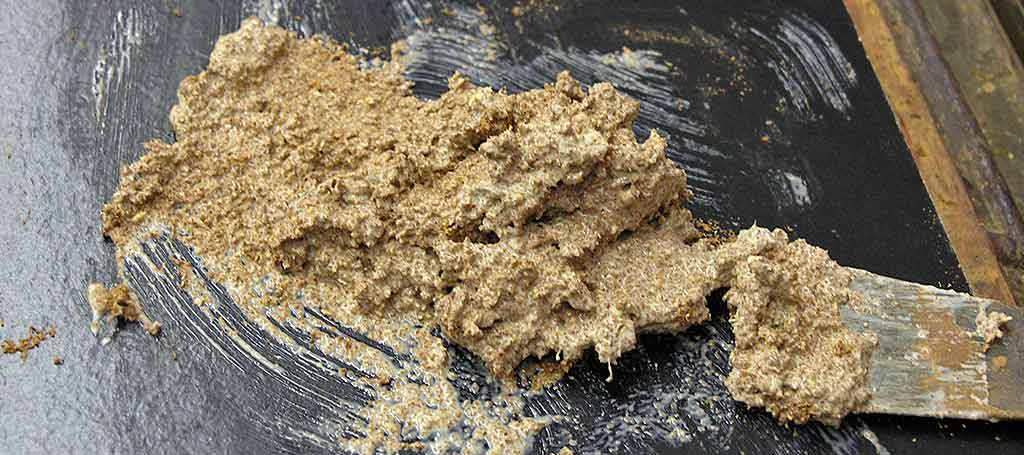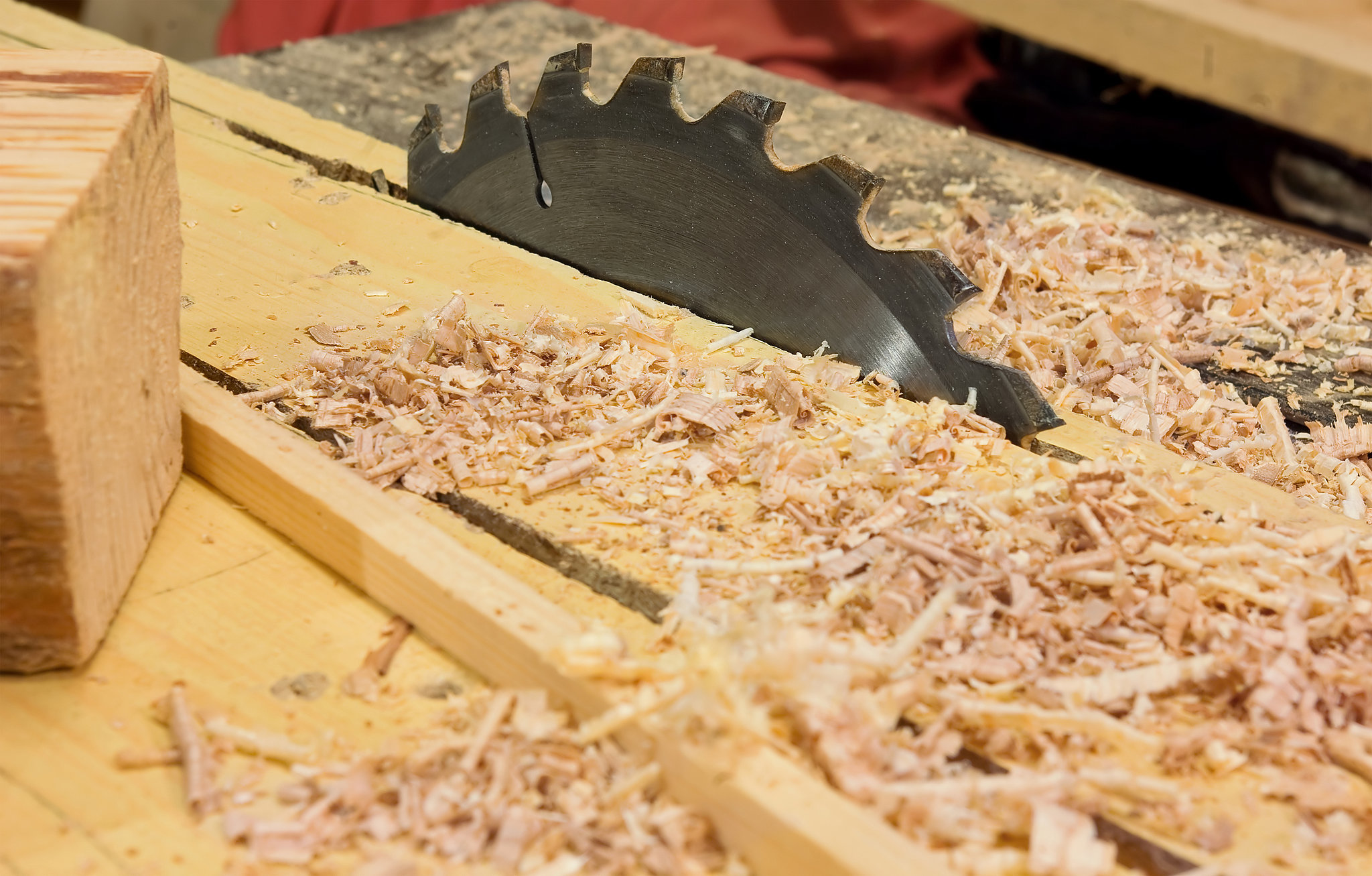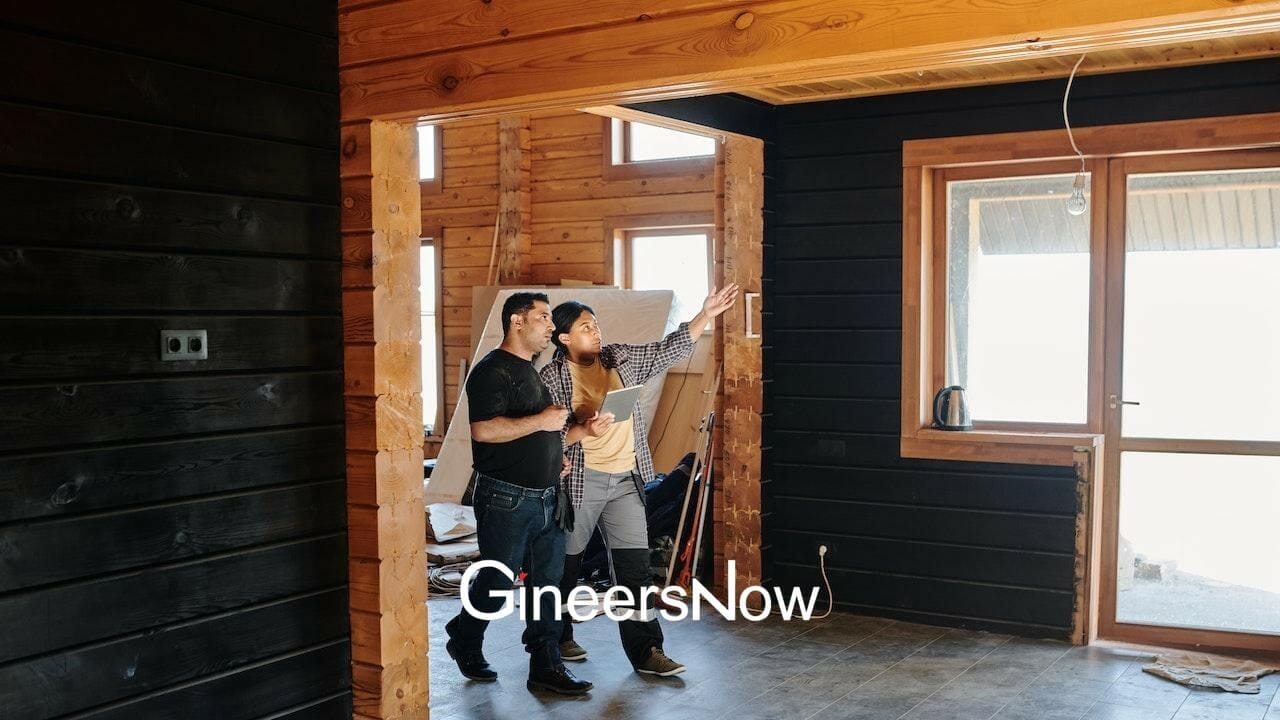Saw dusts and wood wastes as admixtures for concrete? Why not!
Last year, Singapore produced 530,000 tonnes of wood waste majority of which is in the form of saw dust. Much of the total wood wastes come from furniture factories, often disposed in landfills or ending up incinerated.
NUS
Now, researchers from National University of Singapore have discovered a way to make use of the saw dust: turn them into a concrete admixture which helps enhance building structures.
The method essentially creates biochar, usually employed in the agricultural industry as soil amendment to improve crop yield. With its good water absorption and retention properties, professors and students from the Department of Building at NUS School of Design and Environment innovated biochar by producing one from saw dust with applications in building construction.

Such biochar that Associate Professor Kua Harn Wei, his Ph.D. student, Mr Souradeep Gupta, and their team developed has been tested to improve the mechanical and permeability properties of concrete and mortar.
Like any concrete admixture, the biochar is added to concrete or mortar while being mixed. A small amount of dry biochar powder is put into the mixture, altering its curing and hardening later.
Experiment
Their experiments revealed that by adding the biochar made out of saw dust, the early strength of impermeability of the concrete and mortar mixture improved up to 20% and 50% respectively.

Cost
For this, formworks during construction could be removed earlier than usual, substantially saving construction time and costs.
Moreover, biochar has a “carbon lock in” property. This means that stores carbon in buildings rather than releasing it to the atmosphere by decay or by incineration of biomass.
“This is a simple and affordable strategy to enhance our building structures, particularly in Singapore, where water leakage from rain and water pipes are common problems,” Assoc Prof Kua said.

“At the same time, we are putting the large amount of wood waste generated in Singapore into good use. Close to 50 kilograms of wood waste can be utilised for every tonne of concrete fabricated. We typically require 0.5 cubic metre of concrete for every square metre of floor area built in Singapore. This translates to around six tonnes of wood waste being recycled to build a residential apartment with a floor area of 100 square metres,” he added.
Now, the team is looking at commercializing the idea. It is now talking with a local firm in Singapore.
Source: NUS
















